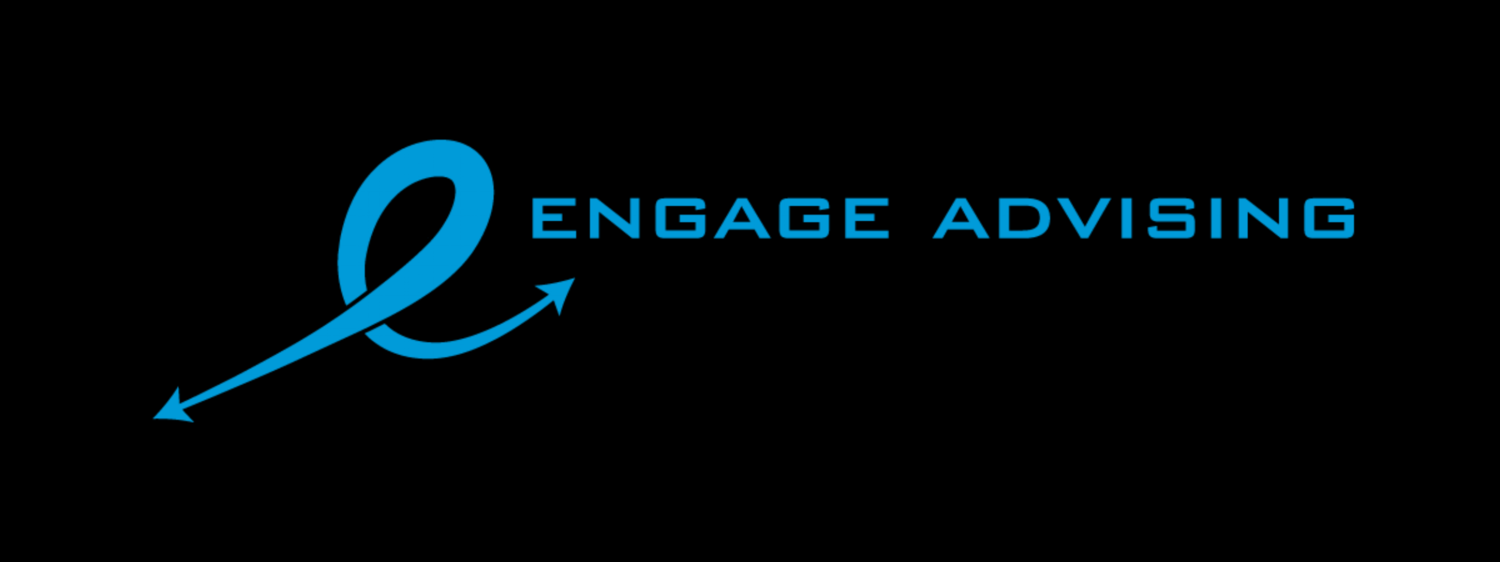Inflation has reared its ugly head and has lots of folks concerned. This is completely understandable since inflation hits us very personally – in our pocketbooks! Many who have lived through other inflation spikes understand that once we exit the other side and inflation starts to subside, many prices will still remain at their new, higher level. This is unfortunately due to providers of goods and services taking advantage of the situation. Having raised their prices and consumers become used to paying those prices, there’s little hope for a return to previous pricing. This is not so much the case with certain commodities that are more price sensitive.
Our current inflation spike is bad, but it’s not as bad as the first few years of the Reagan administration. Back in 1980, inflation was at a high of 12.5%, by 1981 it had subsided to 8.9%. The delayed effect was that lending rates rose. The Federal Funds Rate averaged 18% for 1980. But here’s the thing, in 1979 inflation hit 13.5%. Those three years, 1979 through 1981 bore the brunt of high inflation. For more, see The Balance, U.S. Inflation Rate by Year from 1929 to 2023 February 10, 2022.
Keep in mind, inflation alone is not a bad thing for the economy. Inflation is a measurement of the economy’s equilibrium. Consumers and producers are in close balance. Rising inflation indicates consumes buying before prices have a chance to increase further. This causes inflation to rise yet again, and producers increase prices due to the demand. In deflation, consumers wait. They know tomorrow’s price should be lower. Thus, deflation can lead to cost cutting, wage reduction, and businesses losing money.
You should be concerned about inflation, but not overly worried. For 2023 and 2024, inflation is projected to return to around 2.2% and 2.1%, respectively. Much more in line with historical averages. Until then, what do you do? Here are a few inflation survival tips.
Start small. Break up with your favorite brand. You can save some phat stax of cheddar by foregoing your favorite brand name items at the store and purchasing the equivalent retailer brand. Coupled with member discounts and coupons, this can really help cut family monthly expenses. In fact, store brands and generics have their origins in those inflation spike years of the late 1970s and early 1980s.
Consider the alternative. If you always buy ribeye, consider another cut of beef that is more affordable. Do the same with any other expensive product. Look for a more affordable alternative in the category. Not only will you save money, you’ll diversify your experience.
Reconsider or delay large projects; especially if they involve a price-sensitive commodity like lumber, concrete, labor or other components in short supply.
Be more energy efficient. This is all-around from transportation to housing. Consider planning your drive time if you can, and combining trips. If you can carpool (I know, still not cool due to the pandemic) do it. Adjust your thermostat a couple of degrees. Dress warmer when indoors if you live in a cold climate, and dress lighter if you live in a hot climate. Moving the thermostat even a couple of degrees can be helpful and impact your monthly bill. Basically, use less energy!
Ask for a raise at work. You need to prepare for this one, so don’t do it on a whim. Evaluate your contribution to the company, your value, and have good examples of your productivity or innovation to prove you are worth the raise. Don’t just tell your boss you need a raise due to inflation!
Refinance now to a fixed rate. If this is real estate or another type of loan with a variable rate, now is the best time to refinance to a fixed rate loan. You may have missed the ultimate-super-duper all-time lowest rate, but fixed rates are still relatively low. As we move through the inflationary period, financing rates will rise. Go with what you know and fix it low.
Make sure you are diversified. For a long-term portfolio, you want to be diversified and not tied to a specific industry, sector, or only one bond type for fixed income. Diversification is key to riding out the inflationary period. For example, stocks tend to do well overall during an inflationary period; especially dividend paying stocks.
Don’t panic buy gold, treasuries, REITs, crypto, or whatever other inflationary “hedge” is being touted. You may very well find yourself buying high and eventually selling low. That’s counter to your original idea. Again, plan for the long-term and have a diversified portfolio to see you through.
Are you drawing on that portfolio? It may make sense to use some of your emergency fund or cash, and let your equities have time to grow a little more. If you have, for example, a $2 million dollar portfolio and you have been taking 4.5% per year, it might be time to tighten the belt a bit and reduce this to say, 3% or 3.5%.
For those who are at or past Social Security’s Full Retirement Age (as defined by Social Security) and were self-financing until age 70, consider taking your FRA benefit. This will take pressure off of your portfolio and allow it more time to grow.
None of these actions should be taken lightly. Talk with your financial planner. Just don’t be too freaked out about inflation and keep in mind we have seen worse. Anyone who is old enough to remember the 1980 election should realize this and can tell you; we got through it then, and we will get through it again.
As an independent CERTIFIED FINANCIAL PLANNER™, I can help you plan long-term for scenarios like inflation and geopolitical upheaval with your finances. Contact me and let’s get started on a savings, investing, or retirement plan. #talktometuesday #education #Hireaplanner #stressfree #savings #retirement #CFPPro #inflation



